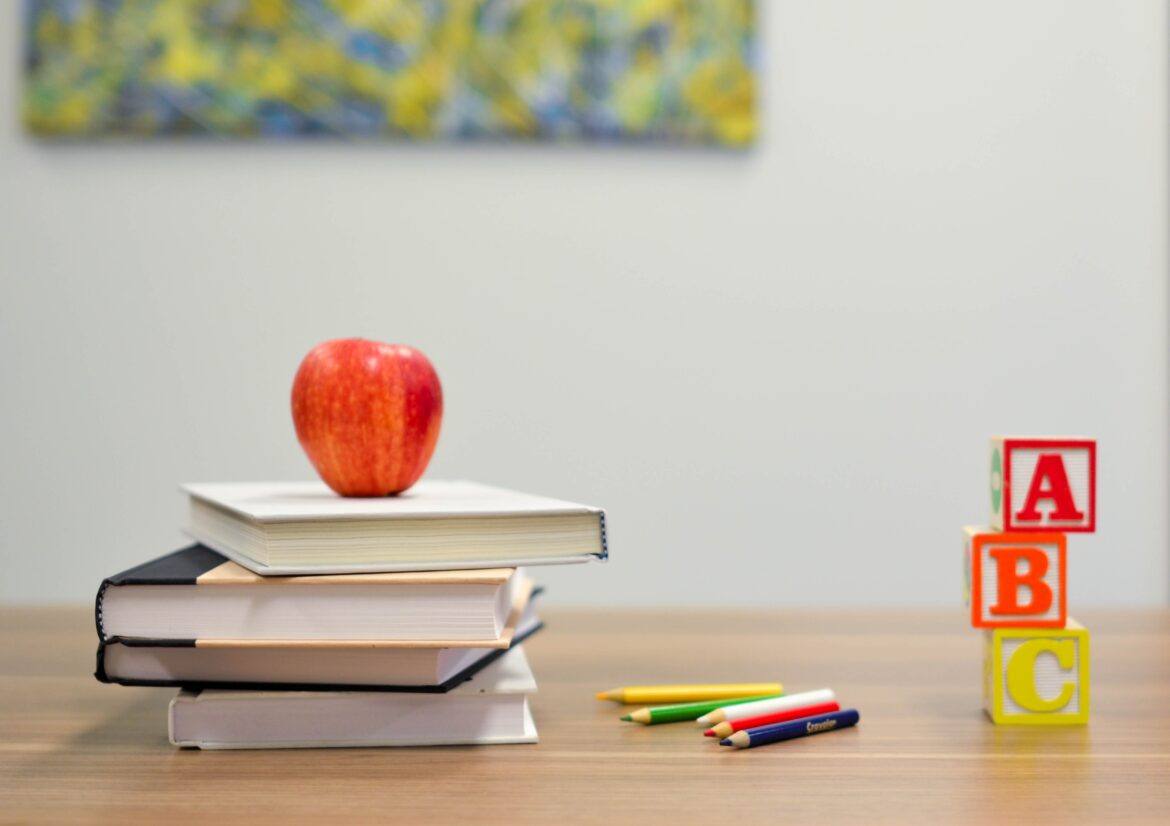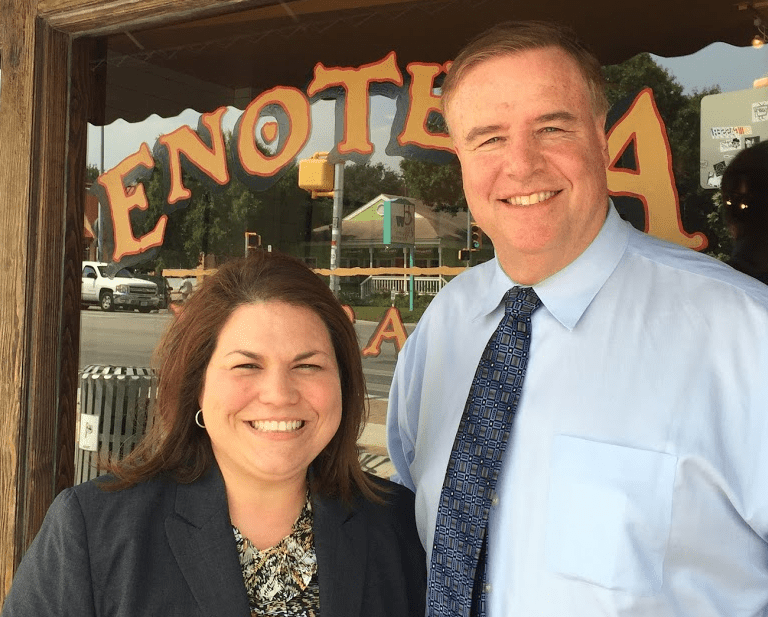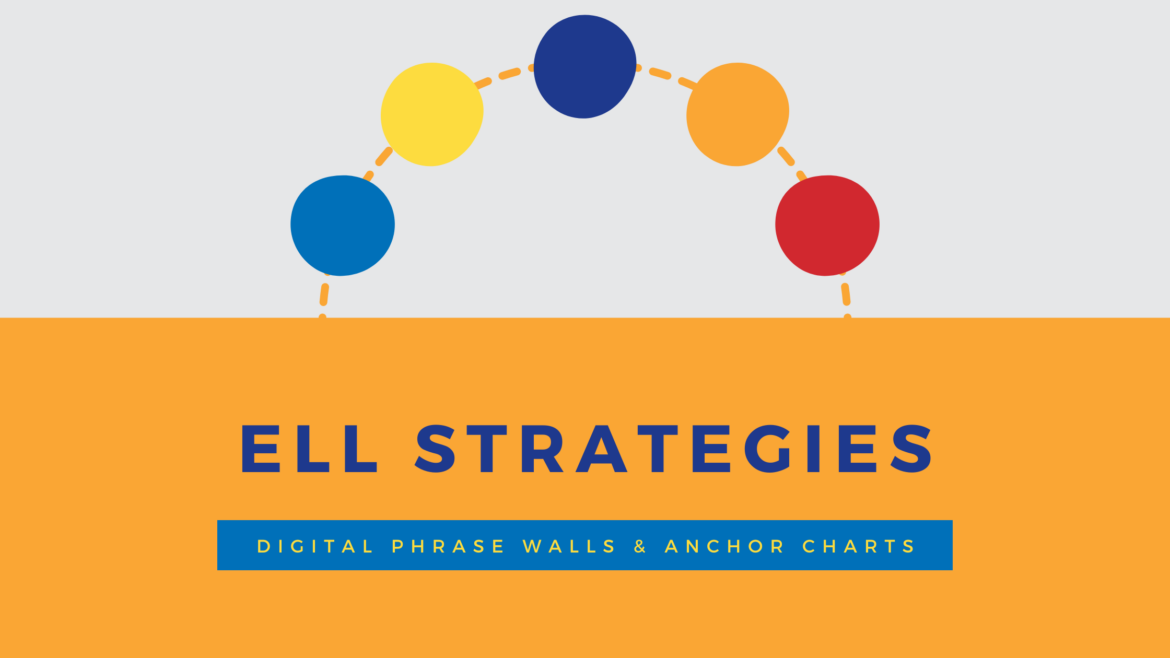Way back in the year 2010, I received my first iPad, and I still remember the first two educational apps I fell in love with because I still use them today. If you know me at all, you know my top #1 app is Doodle Buddy. But I have another app that is tried and true and just hasn’t received as much limelight yet. So here goes, a little love for ABC-Magnetic Alphabet Lite for Kids.
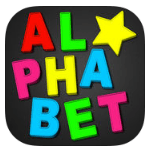
For this iPad app, think old school letters on the refrigerator. I don’t know if they were around in the sixties when I was growing up, but in the seventies, when I was of babysitting age, all my families had them. Old school, new school, these little letters in any shape or form are a great tool at home or in an educational setting.
- A is a little list about this app.
- B is for the basic set of capital letters you receive with the free version.
- C is colorful letters that come in blue, green, yellow, pink, and red.
- D is the deal you receive if you buy all current and future expansions for $4.99.
- E is for the expansion sets: lowercase, shapes, and themes (monsters, pirates, space, and so many more).
When I showcase this app, I have three activities I usually share. So give these a whirl, and I’m sure you will come up with many more. These would work well in the ELA or ELL class.
Six Person Sentence
Group of 6
- Assign one student a verb, one student a noun, one student an adjective, one student an adverb, and two students to “write down” any word.
- Group forms a sentence with their words.
- I usually let them change one word, if necessary.
ABC-123
Large group (20+)
- Count off by giving everybody a letter.
- Everyone “writes” a word with that particular letter.
- Count off by giving everyone a number.
- Groups gather together by number.
- Students within groups organize themselves alphabetically by their words.
Banish Boring Words for a Prewriting Activity
Group of 7
- Count off by number to form groups.
- Each group receives an overused word.
- One group member “writes” the overused word.
- Other group members “write” synonyms.
Example: Eat Better words: gobble, inhale, chomp, nibble, demolish, and snack.
You can certainly click here and get my list of “Banish Boring Words” to use with your students. Please let me know if you use this app in your classroom, as I would love to pass on other great classroom activity ideas.
Featured image created by the author.

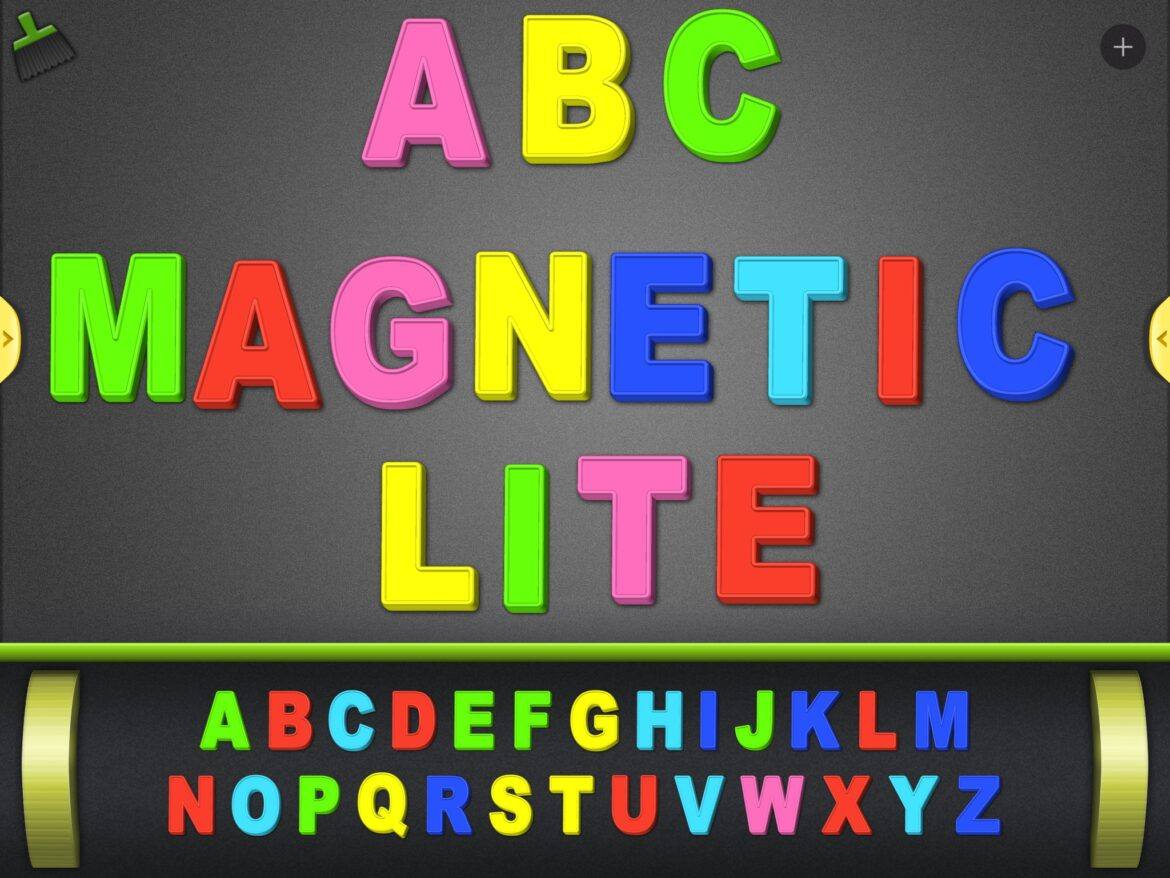
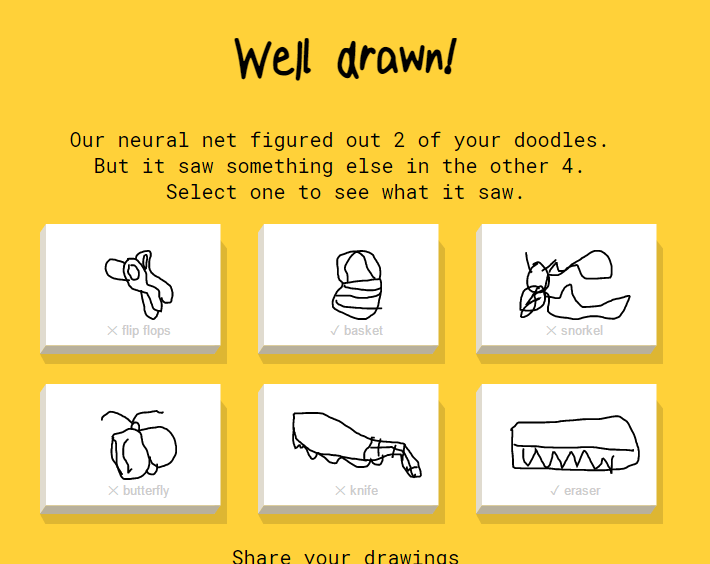
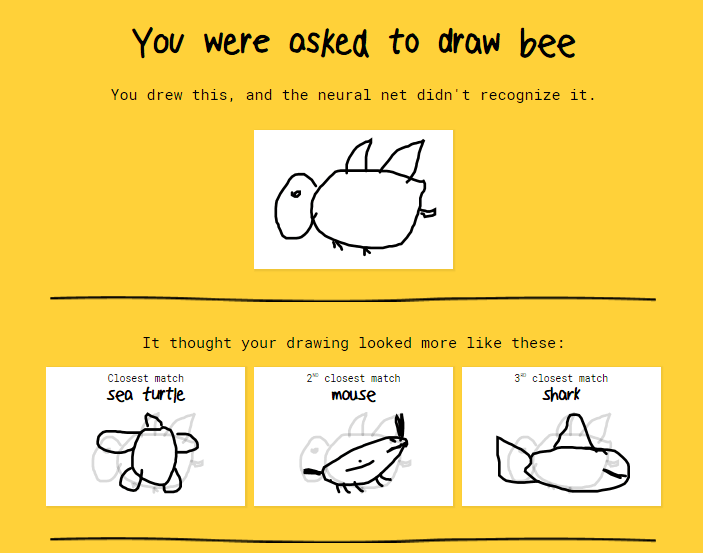
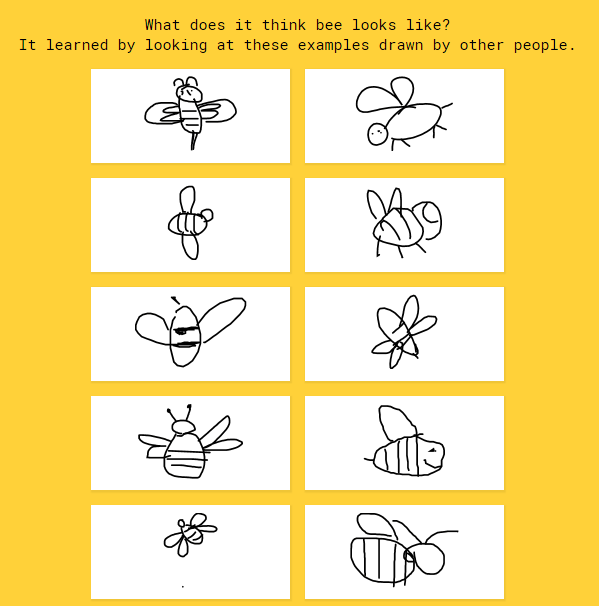

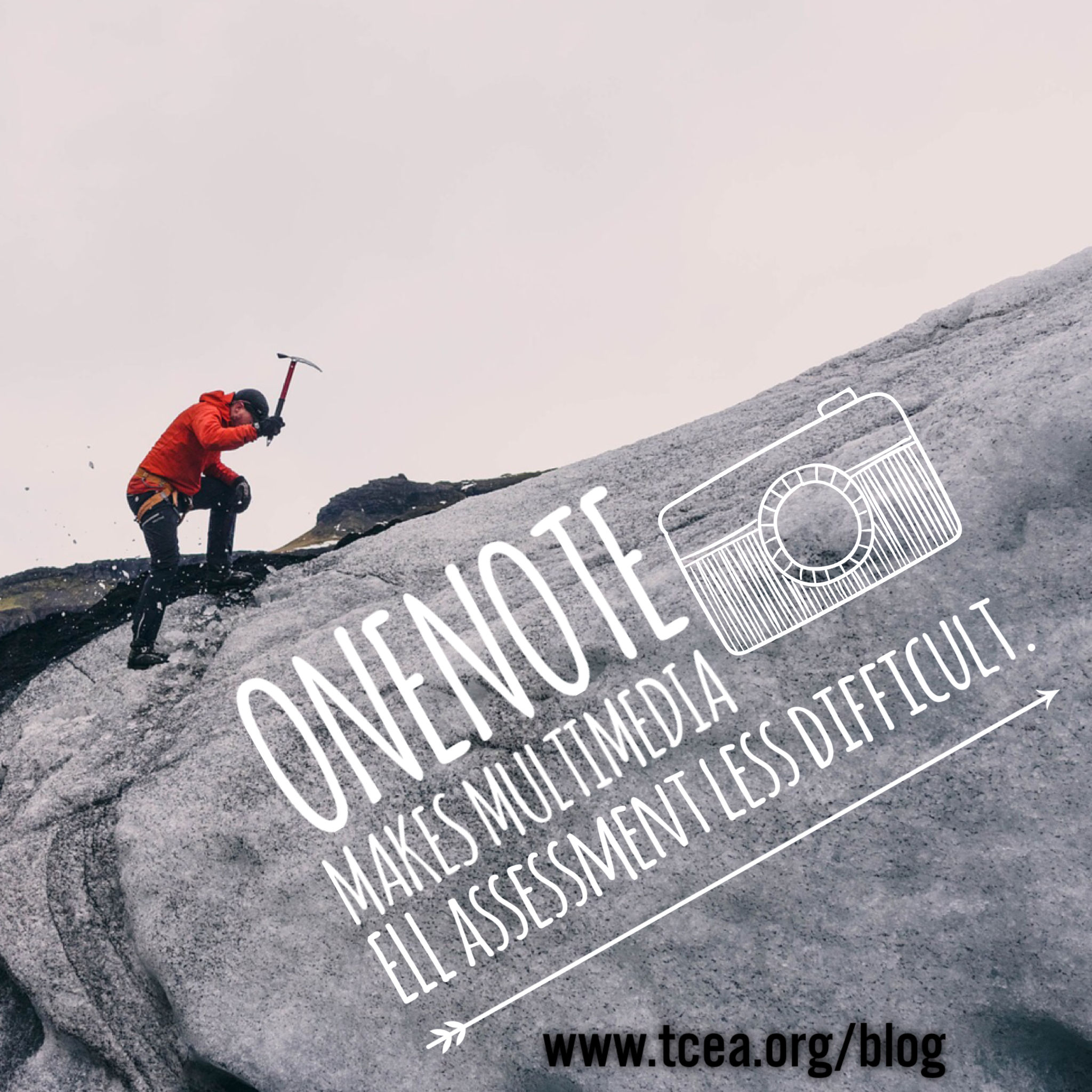 Anecdotal Records Assessment (ARA) with OneNote
Anecdotal Records Assessment (ARA) with OneNote
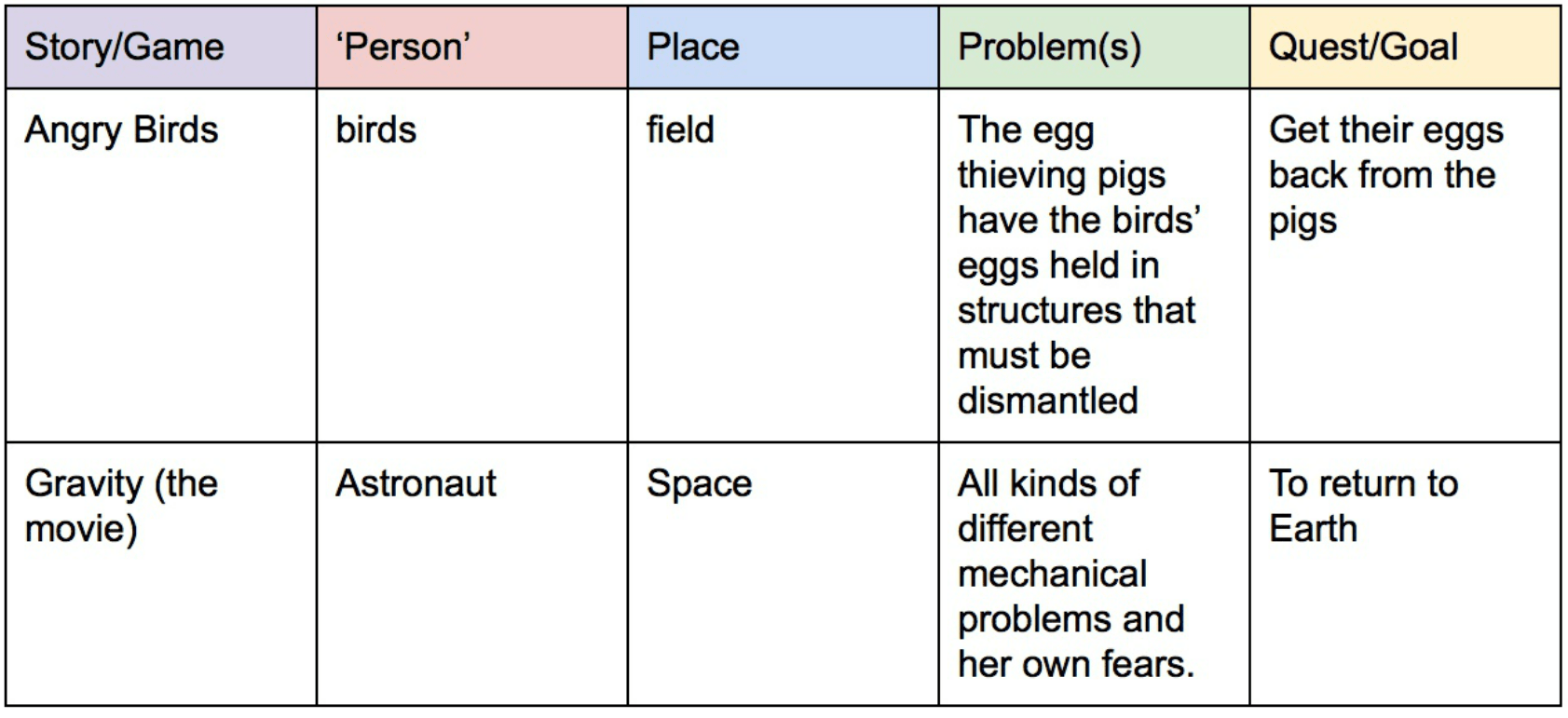
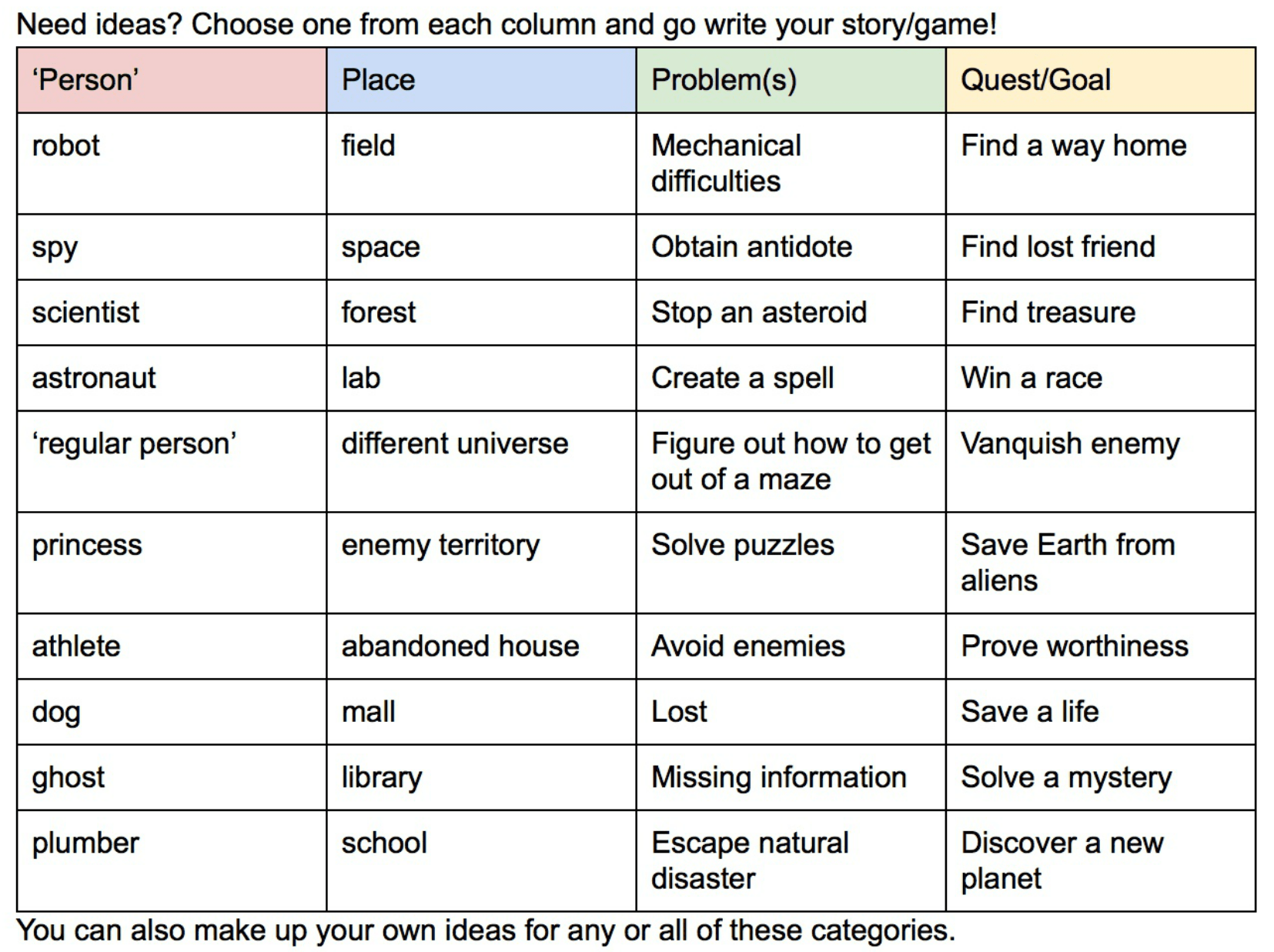 As you might imagine, these maps, or schemas, help students process information and construct understanding from previous knowledge (Source:
As you might imagine, these maps, or schemas, help students process information and construct understanding from previous knowledge (Source: 



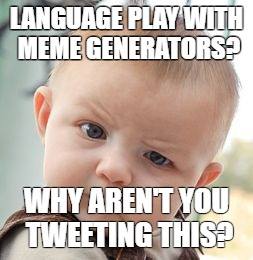 To help ESL/ELL students with vocabulary development, have them construct memes. A meme is a cute photo or picture with humorous words. The more popular memes quickly become Internet sensations. Memes can be ideas, values, or behaviors that are contagious. Pair quotes with pop culture images and you get a meme that must be shared. Meme quote generators help students engage in language play. Deepen their experiences with interpretation, reasoning, and inferential thinking.
To help ESL/ELL students with vocabulary development, have them construct memes. A meme is a cute photo or picture with humorous words. The more popular memes quickly become Internet sensations. Memes can be ideas, values, or behaviors that are contagious. Pair quotes with pop culture images and you get a meme that must be shared. Meme quote generators help students engage in language play. Deepen their experiences with interpretation, reasoning, and inferential thinking.